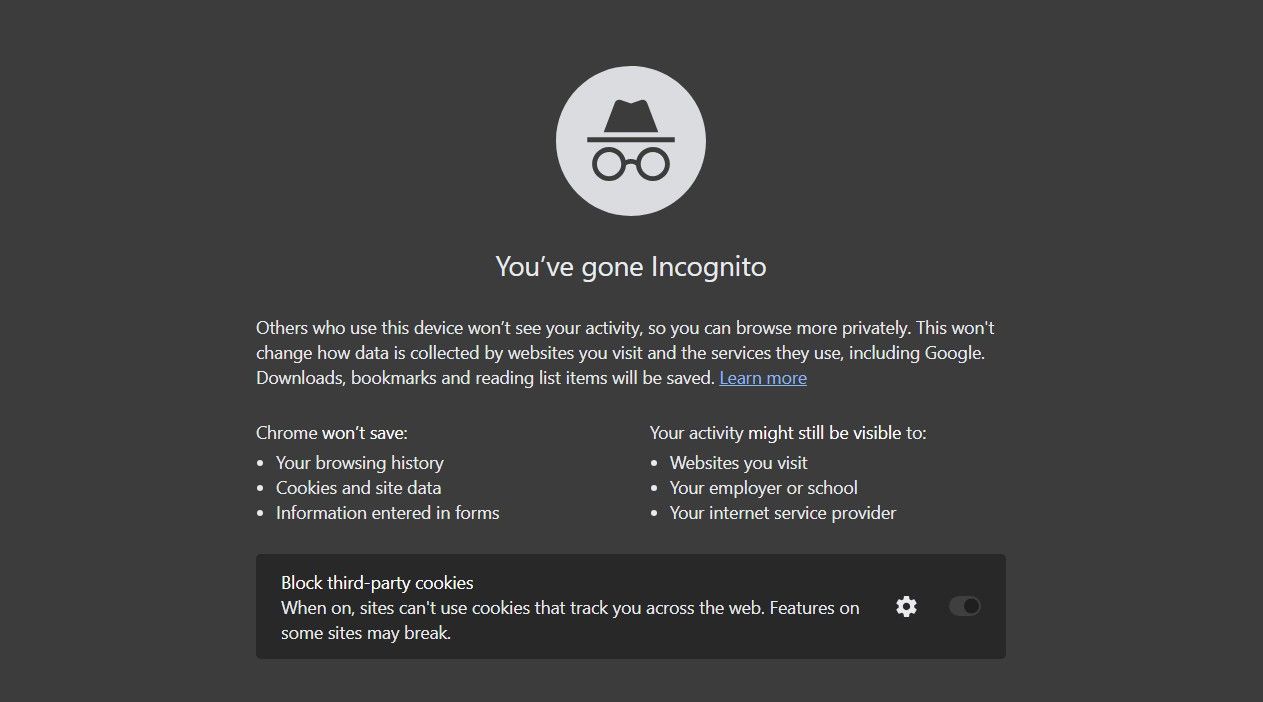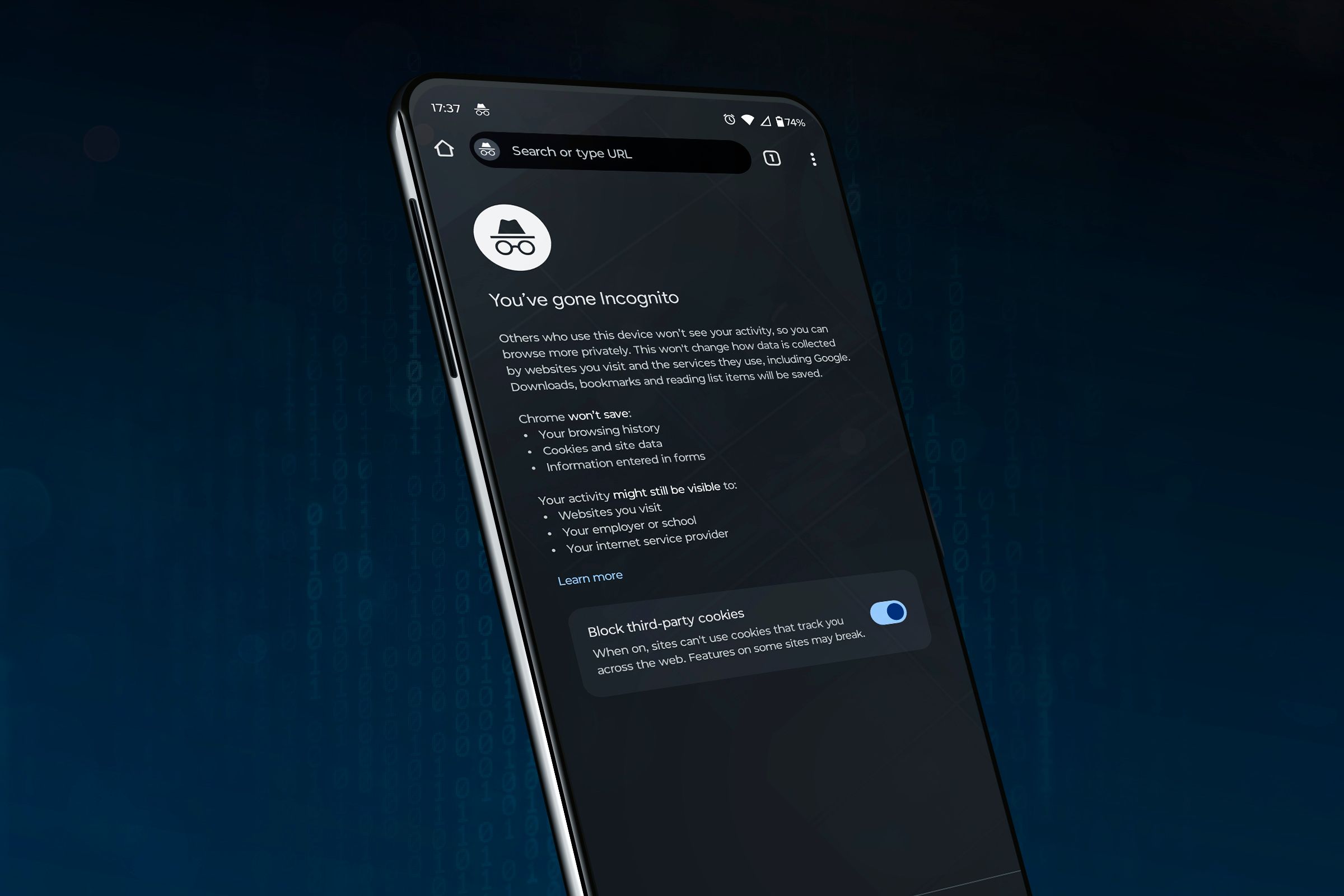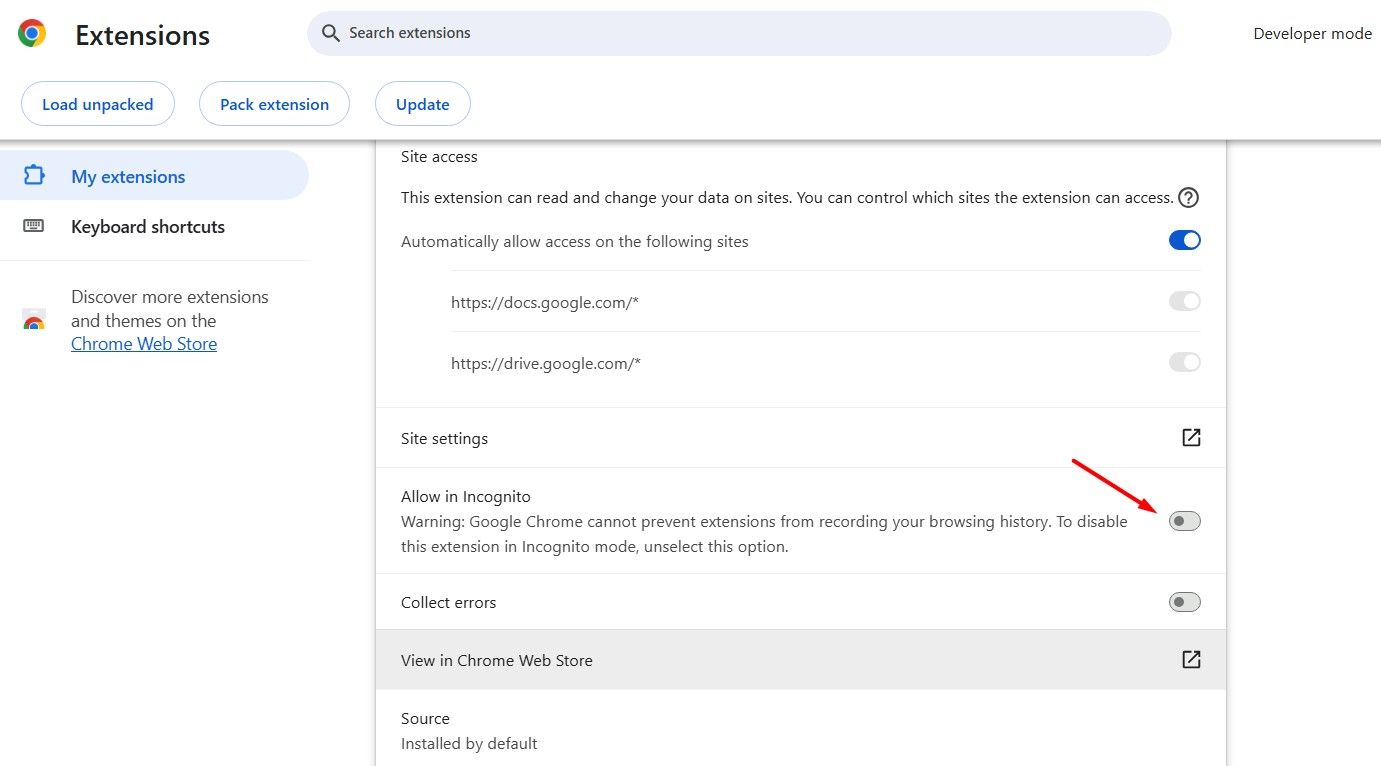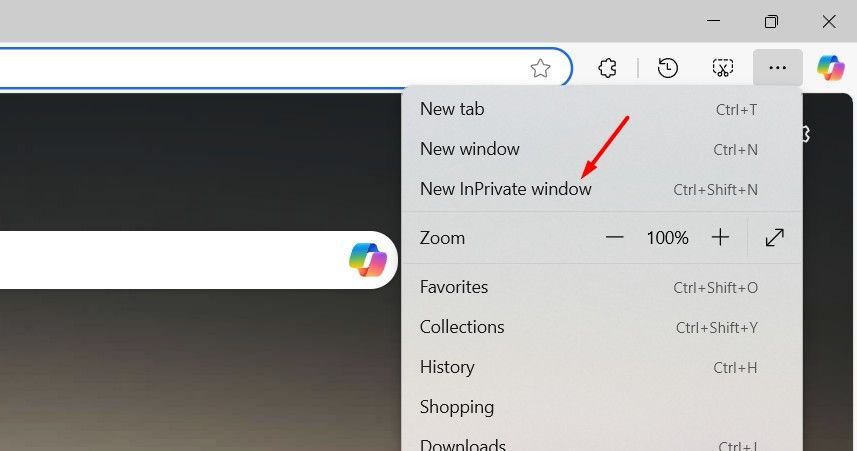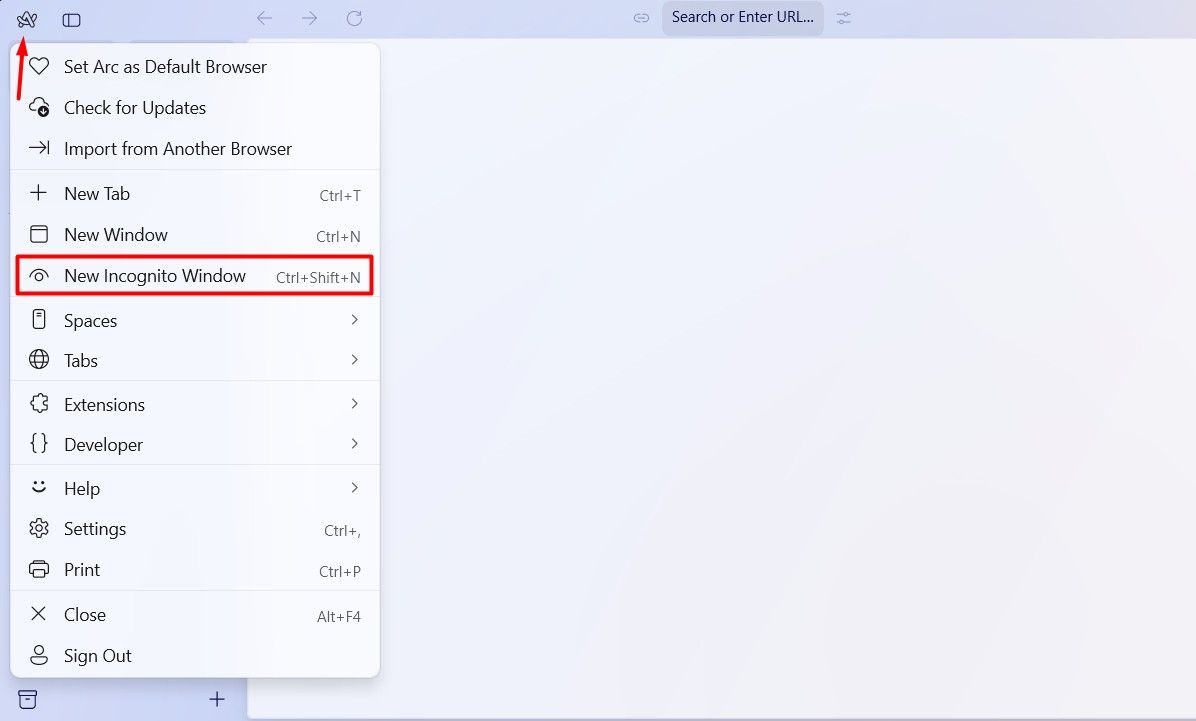Google Chrome, Microsoft Edge, or Mozilla Firefox—Incognito mode is a standard feature in most modern browsers. But what really happens when you start browsing in Incognito mode? Fun fact—it doesn’t make your browsing session completely anonymous, as you might think.
What Happens When You Use the Incognito Mode
The concept of private browsing isn’t new to web browsers. In fact, Apple introduced this feature in Safari back in 2005. Then, in 2008, Google released its own version of Apple’s private browsing feature, called Incognito mode.
At its core, both Private browsing and Incognito mode serve the same purpose—allow you to browse the internet somewhat anonymously. I say “somewhat” instead of completely anonymous because Incognito mode isn’t as private as many people assume.
Usually, when you open your browser, it launches in normal mode. In this mode, it starts tracking your online activity, which includes keeping track of the websites you visit and storing cookies.
If you’re not familiar with what cookies are, then you can think of them as a box that holds all your online login information, preferences, and more. If you’ve ever wondered how sites like Amazon remember the items you left in your shopping cart from a previous session, or how some websites recognize that you’ve already signed up for their newsletter, then it’s because of cookies that your browser has stored.
When you switch to Incognito mode, your browser stops collecting all that data. It no longer tracks the websites you visit, saves cookies or site data, or stores information you’ve entered into online forms. It’s like introducing yourself to your browser for the first time.
You’ve probably noticed that if you’ve searched for something before in your browser’s regular mode, it will suggest related websites as soon as you start typing it again in the address bar. But that doesn’t happen with anything you’ve researched in Incognito mode. For example, if you search for something like File Explorer alternative, OneCommander in Incognito mode, your browser won’t remember it. So, the next time you search for the same topic in normal mode, you won’t get any suggestions related to it while typing in the address bar.
Additionally, many browsers like Google Chrome don’t let you reopen a tab you just closed while in Incognito mode. It doesn’t matter whether you closed the tab on purpose or by accident; Once it’s closed, the browser forgets it if you’re in Incognito. You can’t quickly reopen it using the Ctrl+Shift+T shortcut.
Overall, you can switch to Incognito mode if you don’t want your browser to keep track of what you’ve searched online, which can be really useful if you share your computer with someone else. Also, if you have multiple accounts on a particular platform, Incognito mode saves you the hassle of signing out and back in again.
Once you’re done using one account and want to switch to another, you don’t need to log out. You just need to close the tab and open the site again. You’ll be taken straight to the login page, where you can enter the login details of your other account.
What Really Doesn’t Happen When You Use the Incognito Mode
A survey conducted by the University of Chicago in 2018 involving 460 participants revealed the many misconceptions people have about Incognito mode. About 56.3% of respondents believed that their browser wouldn’t save search queries while in private mode, even if they were logged into their Google account. 40% thought their browser stopped tracking their location once they switched to Incognito mode. Interestingly, around 27% also believed that using private or Incognito mode provided them with online security and protected them from malware and viruses.
Unfortunately, none of those beliefs are true. Once you log onto any platform, Instagram, for example, then all none of actions you perform are anonymous or temporary, even if you’re using Incognito mode. Your browser will delete cookies and tracking data at the end of an Incognito session, but it still collects and uses that data while the session is active. This information can then be used to tailor your experience on other websites during that session.
Let’s say you’re in Incognito mode and search for “iPhone 16e Review” in one tab while Instagram is open in another. Your browser can allow Instagram to access that information, meaning you may start seeing ads related to the iPhone 16e on Instagram.
Browsers may recommend blocking third-party cookies to prevent this, but I haven’t found that workaround to be very effective. Even in Incognito mode, I still receive ads related to things I’ve searched for in other apps, though they’re usually less intense than the ones I see in regular browsing mode.
Your internet service provider can still see the websites you visit while using Incognito mode. Fortunately, you can use a VPN if you want to prevent that from happening. Additionally, Incognito mode doesn’t offer built-in protection as 27% of the survey respondents believe. That’s why it’s important to take extra steps to stay safe online.

Related
Incognito Mode vs. Using a VPN: What’s the Difference?
Your privacy matters: understand your options.
Lastly, some browser extensions may still have permission to track your activity even in Incognito mode. To check whether an extension you’ve installed in Google Chrome has that permission, go to the Chrome Extensions page, click the “Details” button under the extension’s name, and look for the “Allow In Incognito” toggle. If you don’t want the extension to track your activity while in Incognito mode, make sure to turn off that toggle.
How to Enable Incognito Mode In Different Browsers
The process to enable Incognito mode is pretty similar across all browsers. However, you should be aware that different browsers may use different names for Incognito mode. For example, in Firefox, it’s called a Private Window, while in Microsoft Edge, you’ll find an InPrivate Window instead of Incognito Mode like in Google Chrome.
That said, to enable the Incognito mode in Google Chrome, launch the browser, click the three dots in the top-right corner, and choose “New Incognito Window.” Alternatively, you can press the Ctrl+Shift+N shortcut key to start browsing Chrome in Incognito mode.
On Mozilla Firefox, click the hamburger icon in the top-right corner, and choose “New Private Window” from the menu that appears. The private window can also be accessed using the Ctrl+Shift+P key combination.
If you use Microsoft Edge, then to start using its Incognito mode, click the three dots in the top bar, and choose “New InPrivate Window.” Similar to Chrome, the private window in Edge can also be accessed using the Ctrl+Shift+N shortcut key combination.
If you use the Arc Browser, which has been gaining a lot of popularity, you can enable incognito mode by clicking the Arc icon in the top-left corner and selecting the “New Incognito Mode” option. The Ctrl+Shift+N shortcut also works in Arc Browser.
That’s everything you need to know about incognito mode. Hopefully, I was able to help you understand what actually happens behind the scenes when you start using your browser’s Incognito mode. If you truly care about your privacy, you should consider using additional tools like a VPN or a privacy-focused browser like DuckDuckGo alongside Incognito mode.


